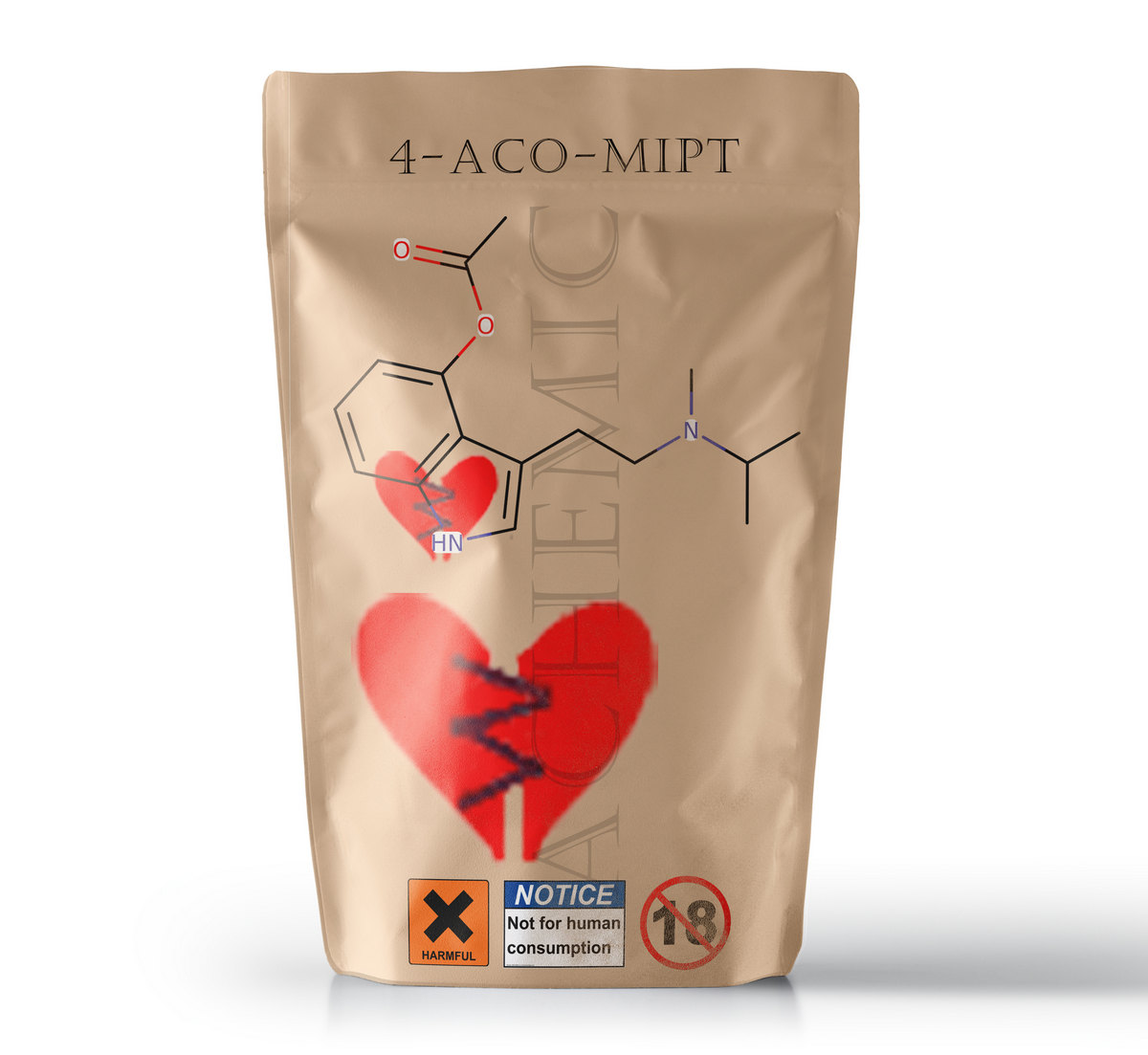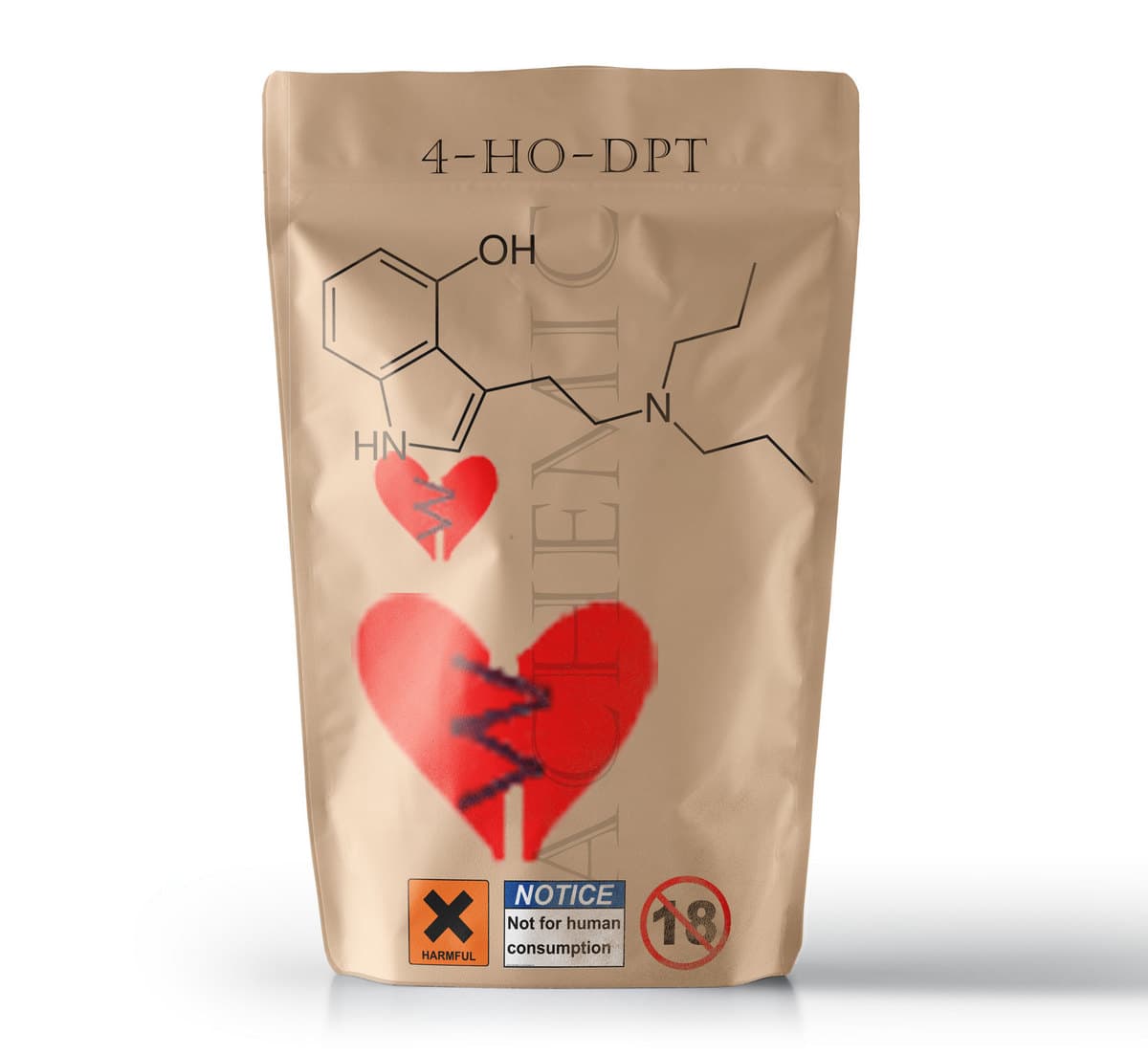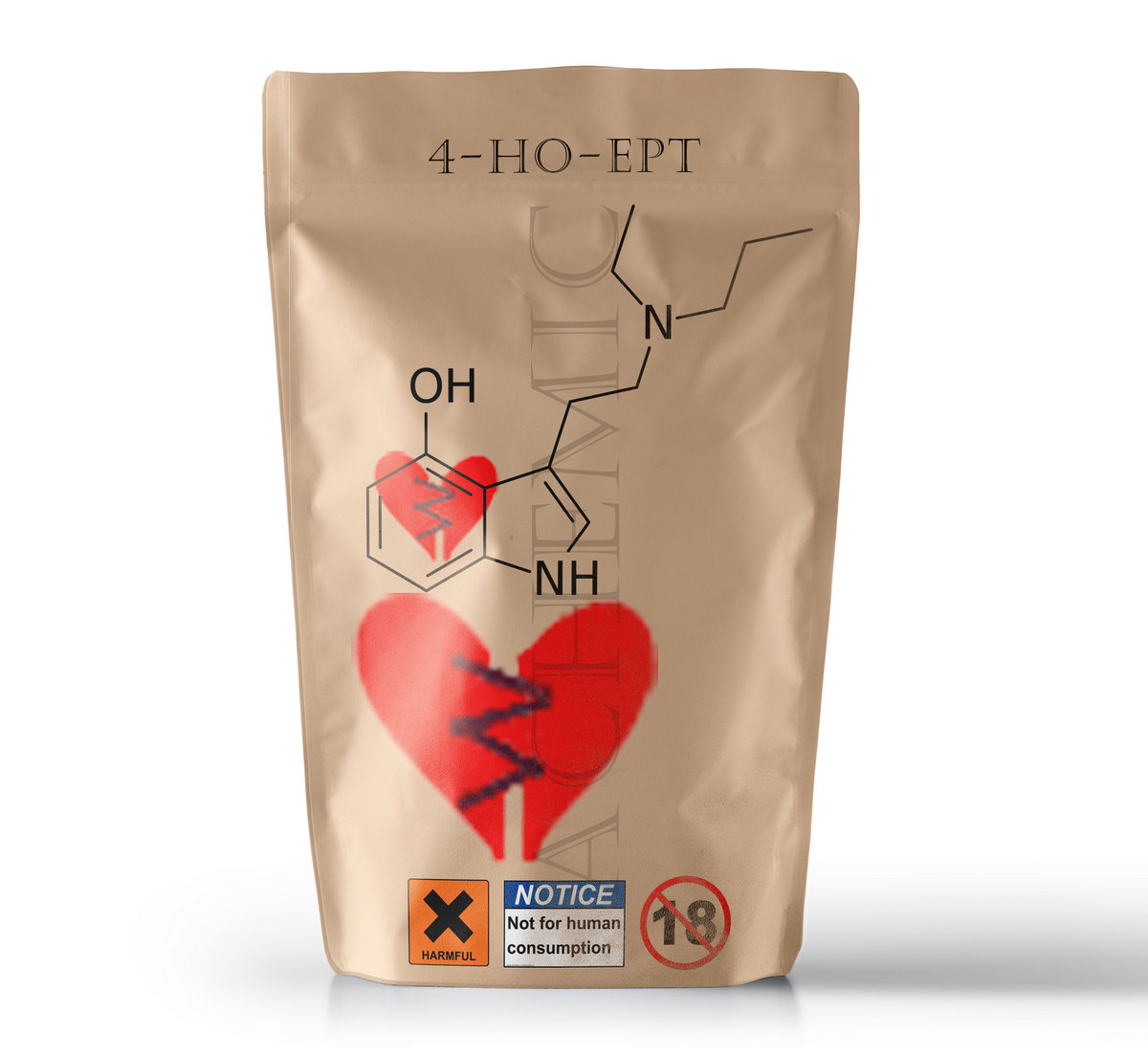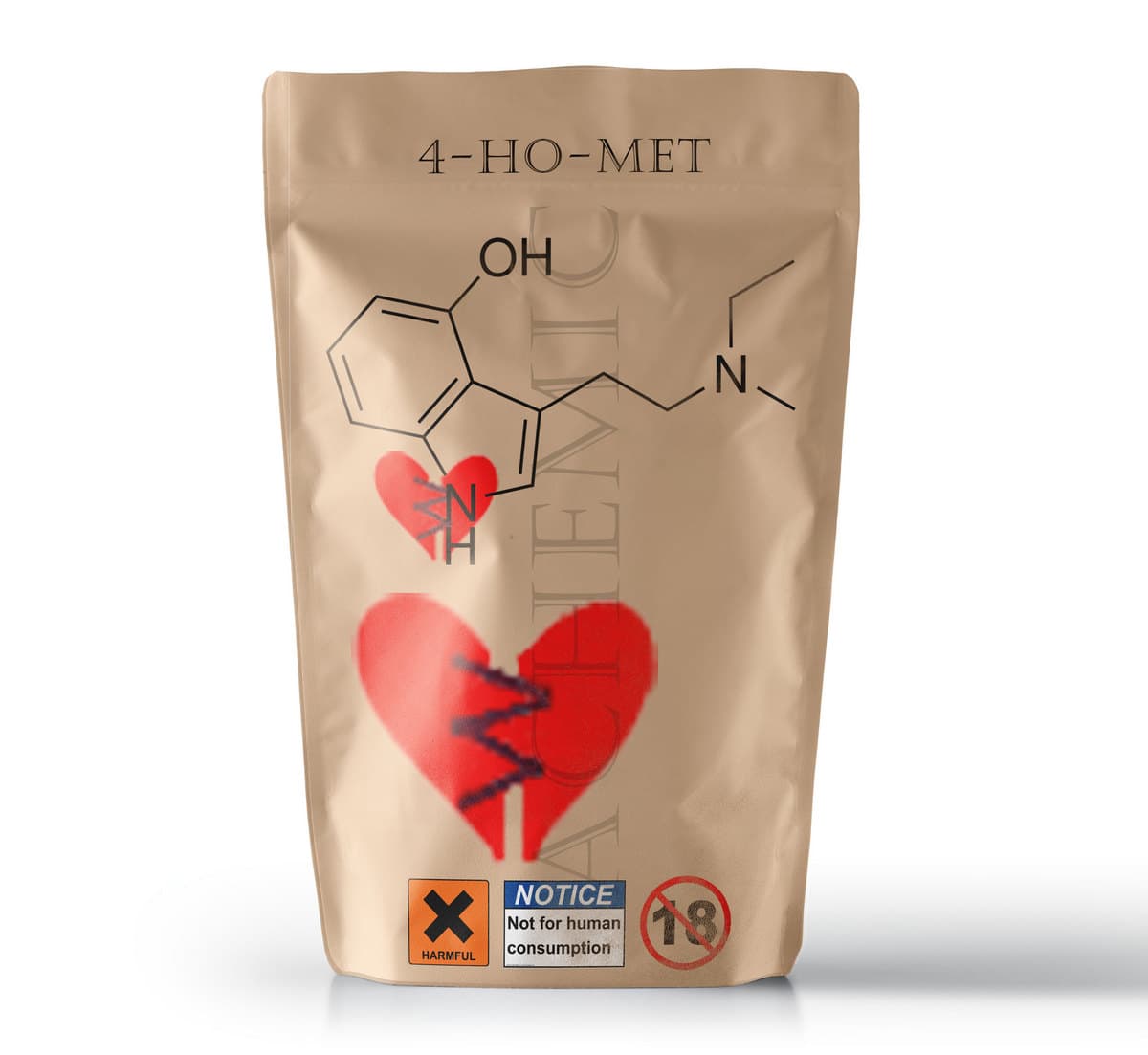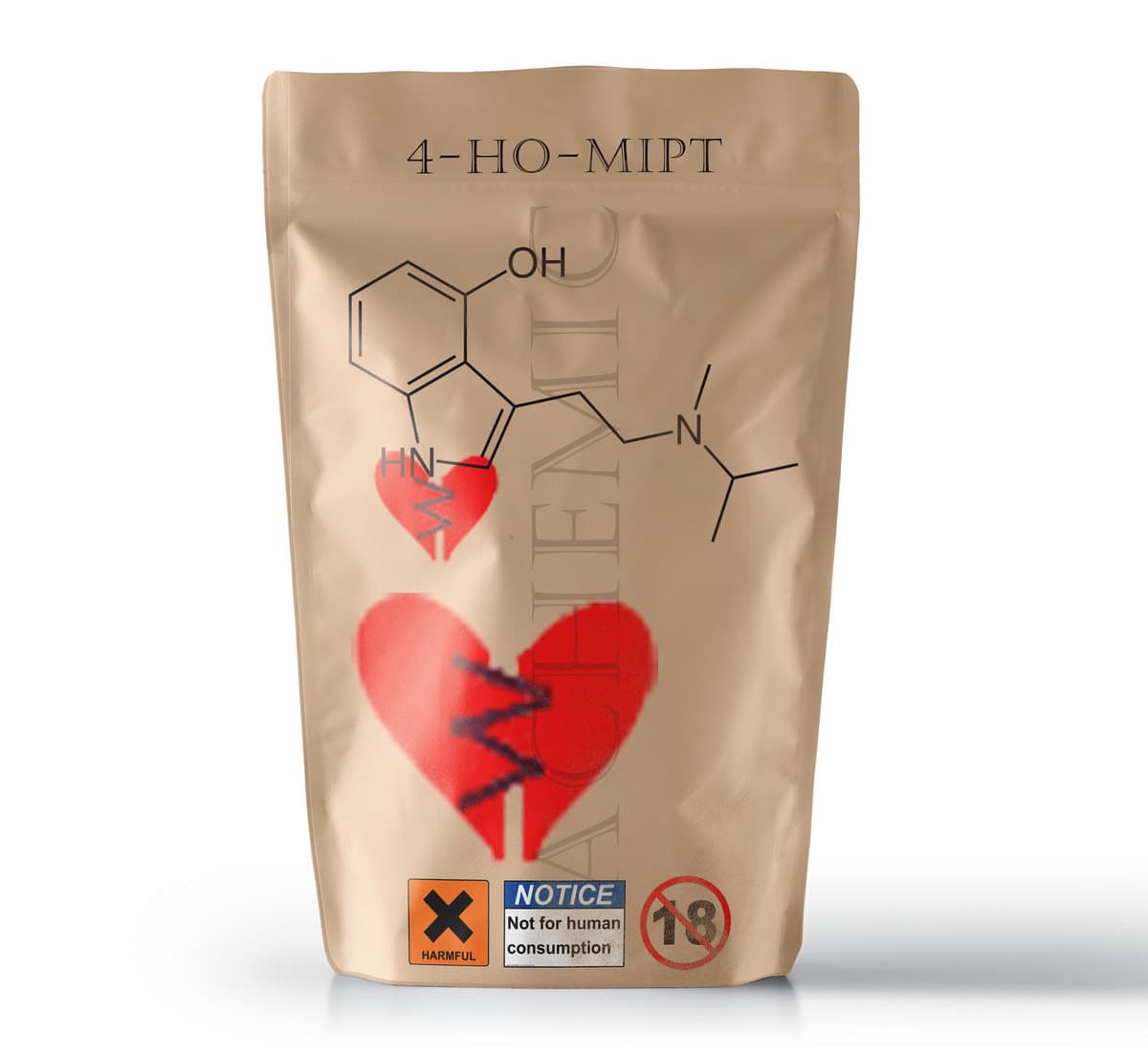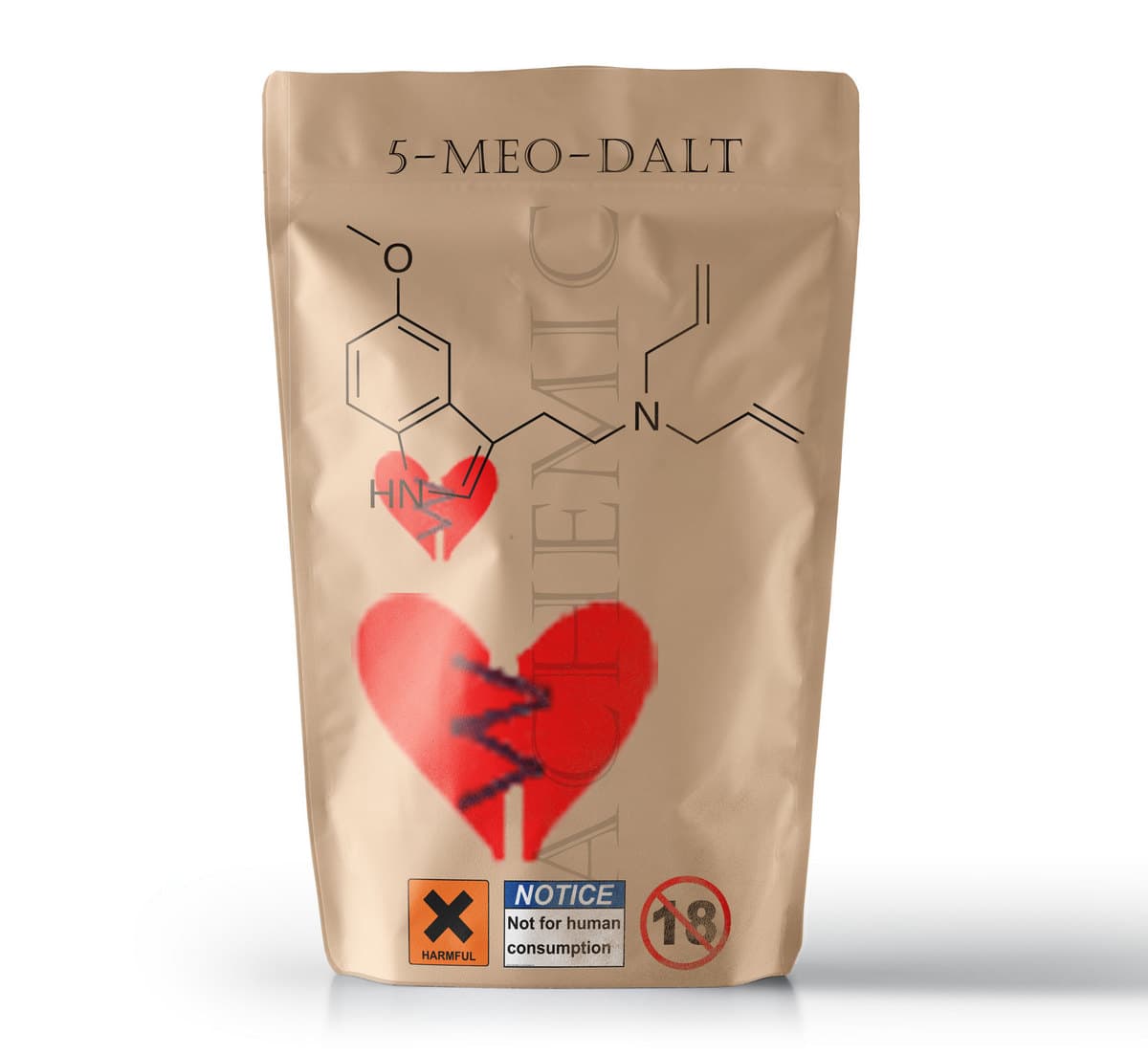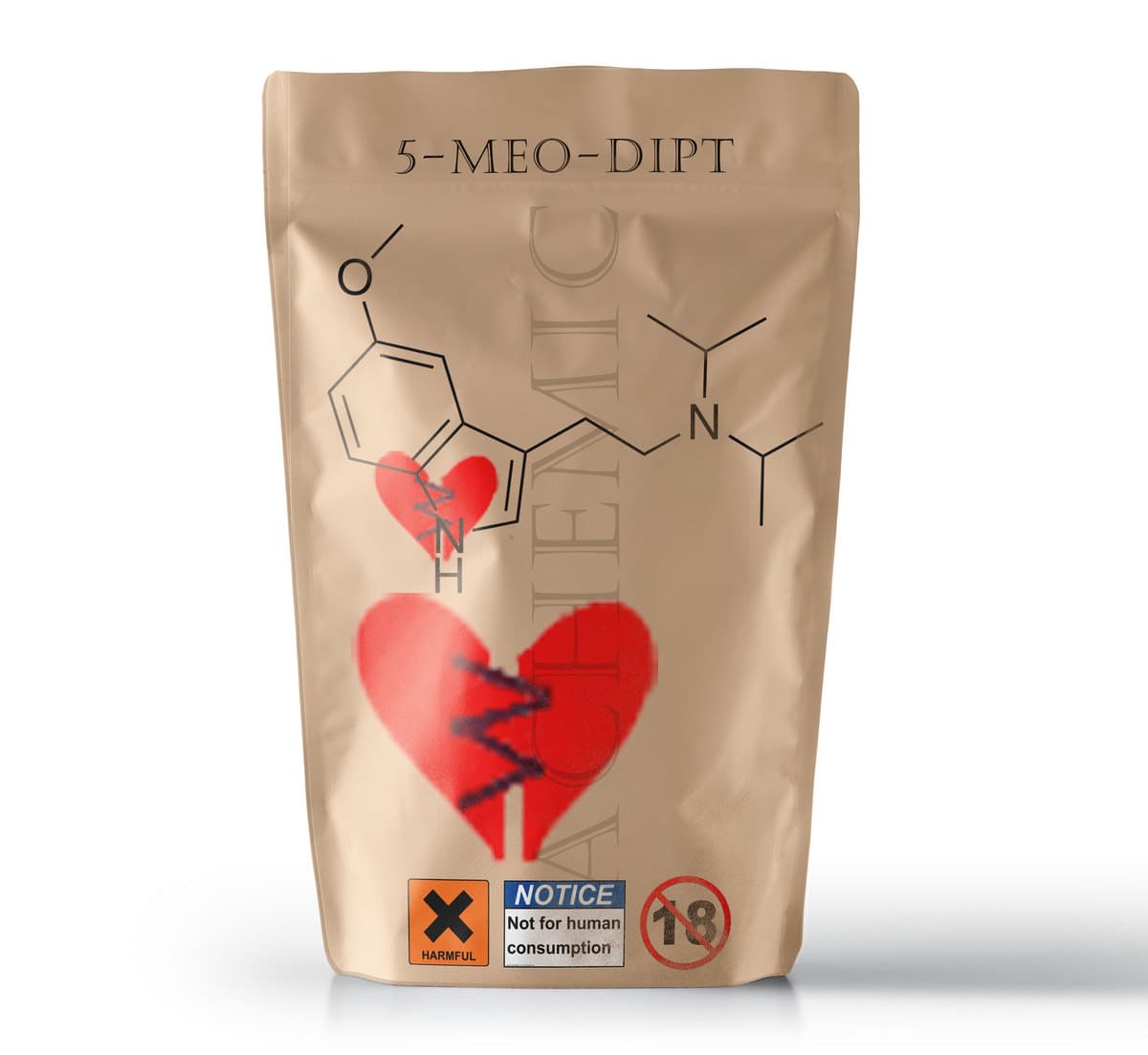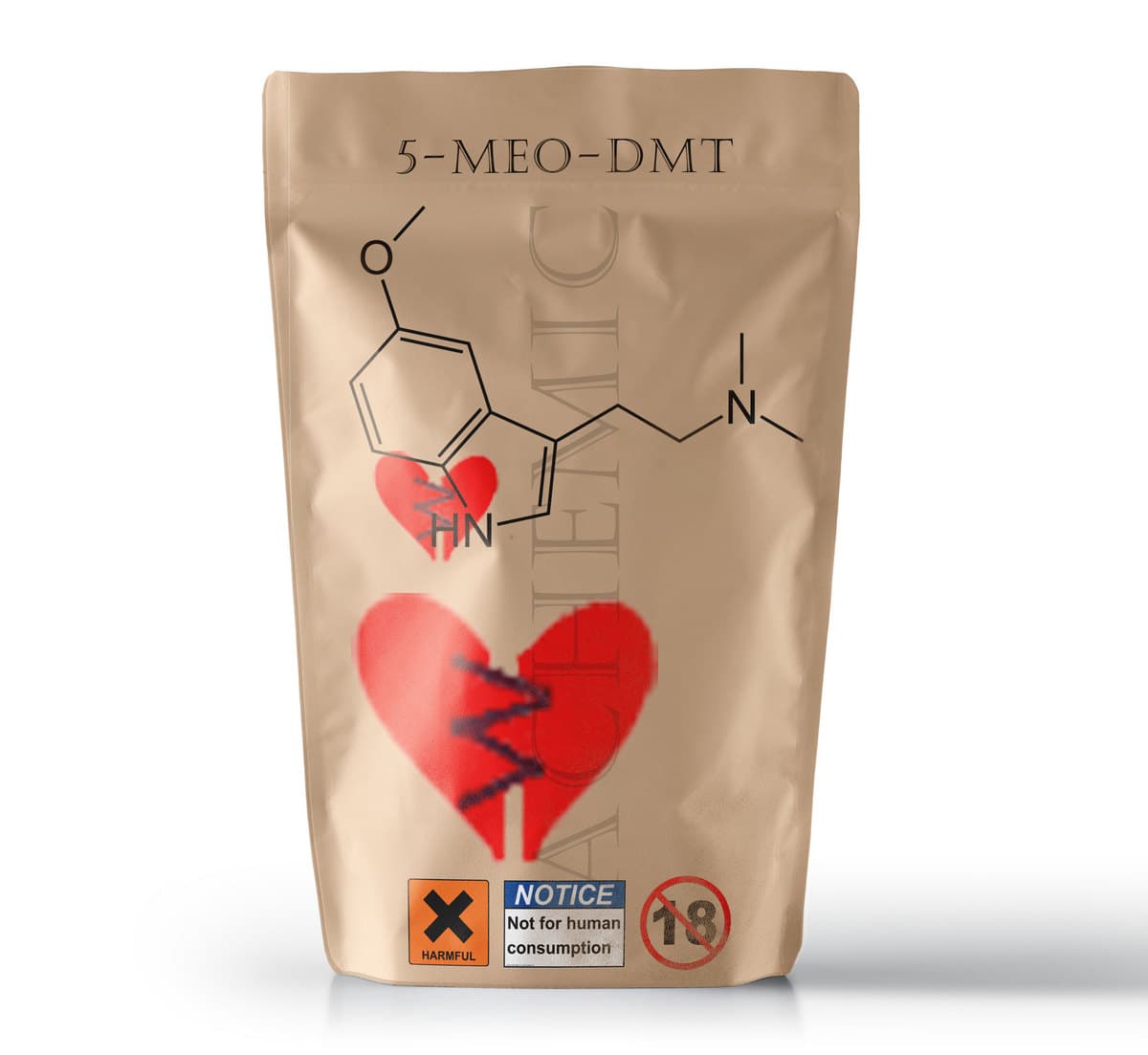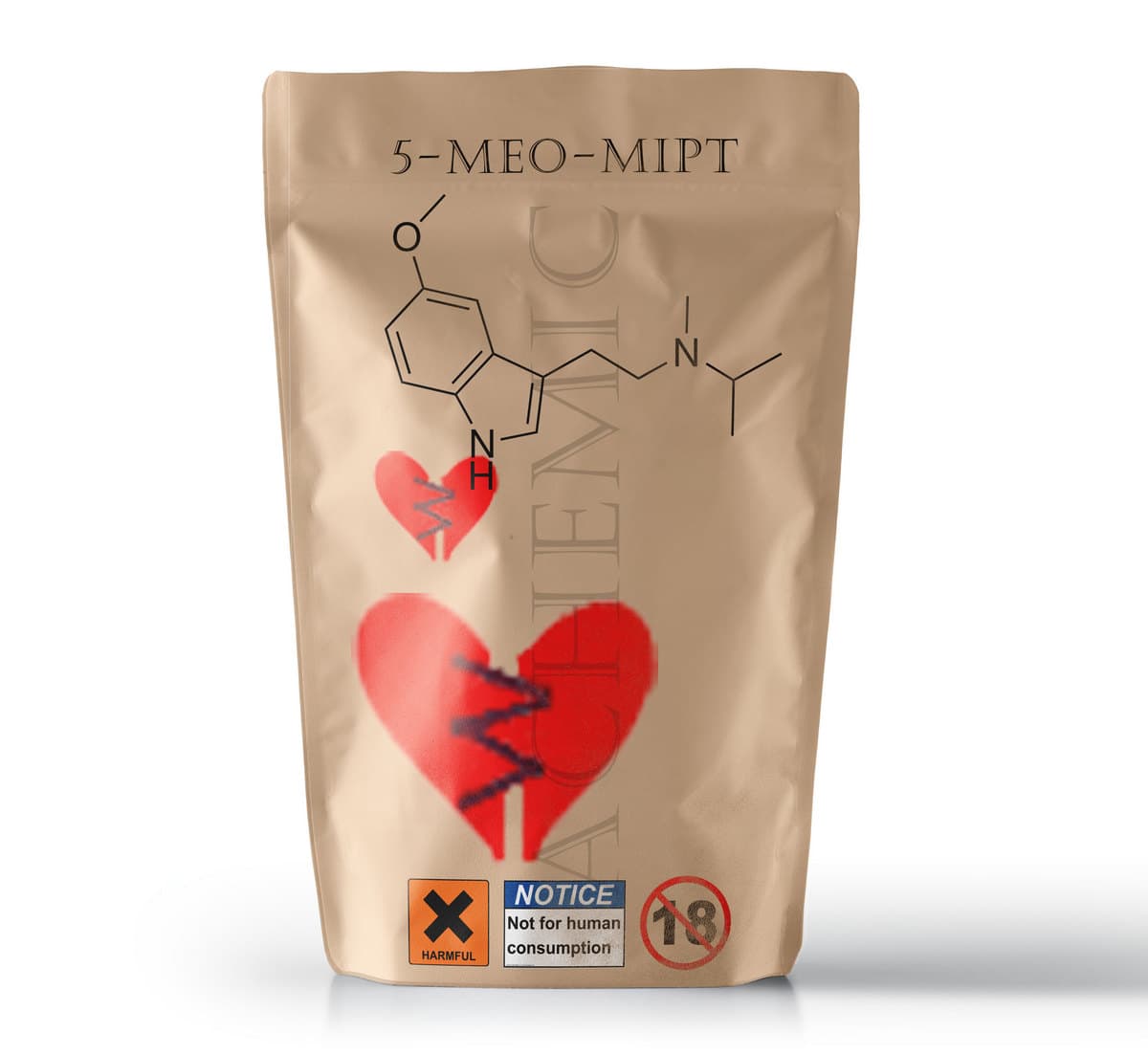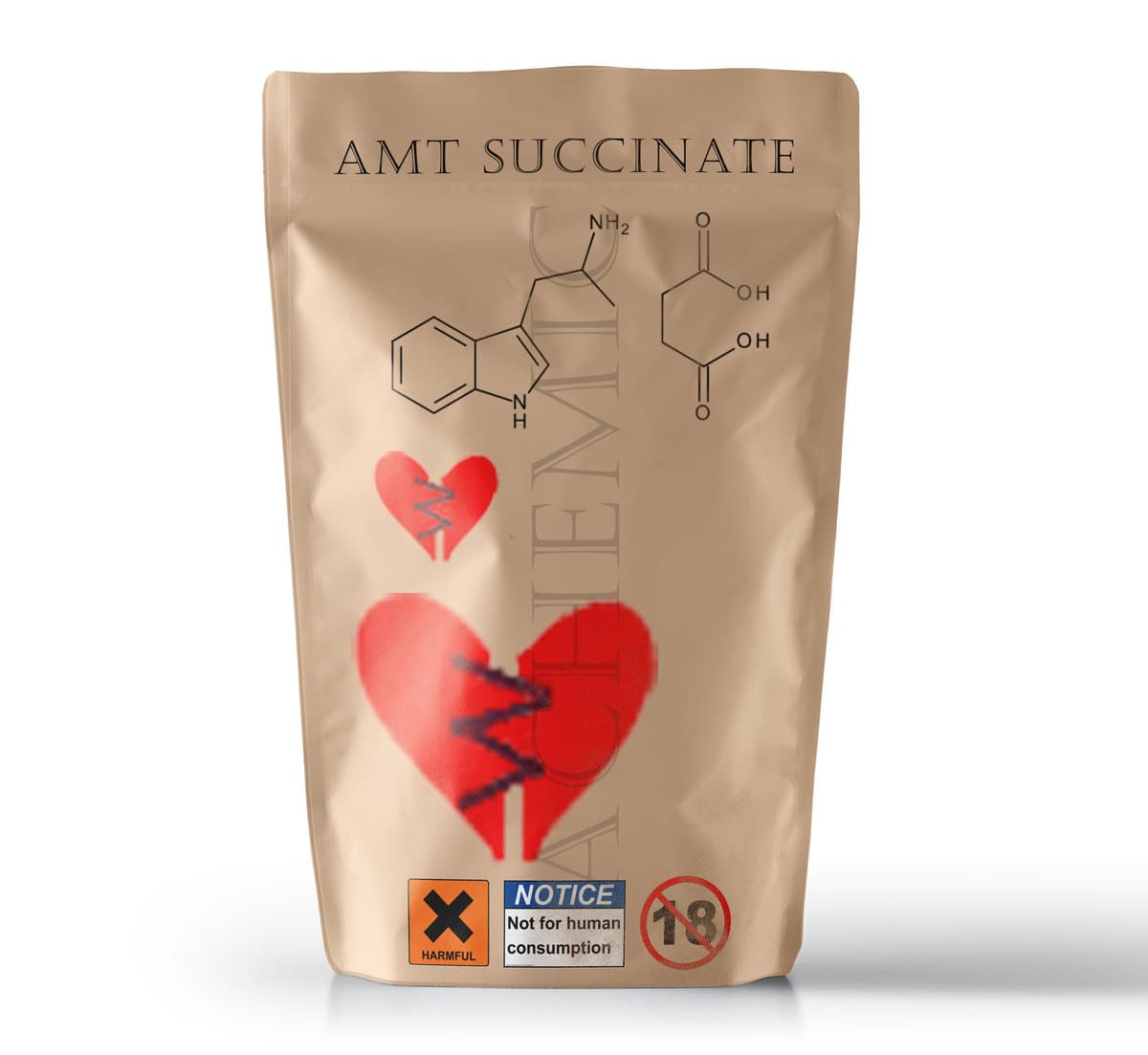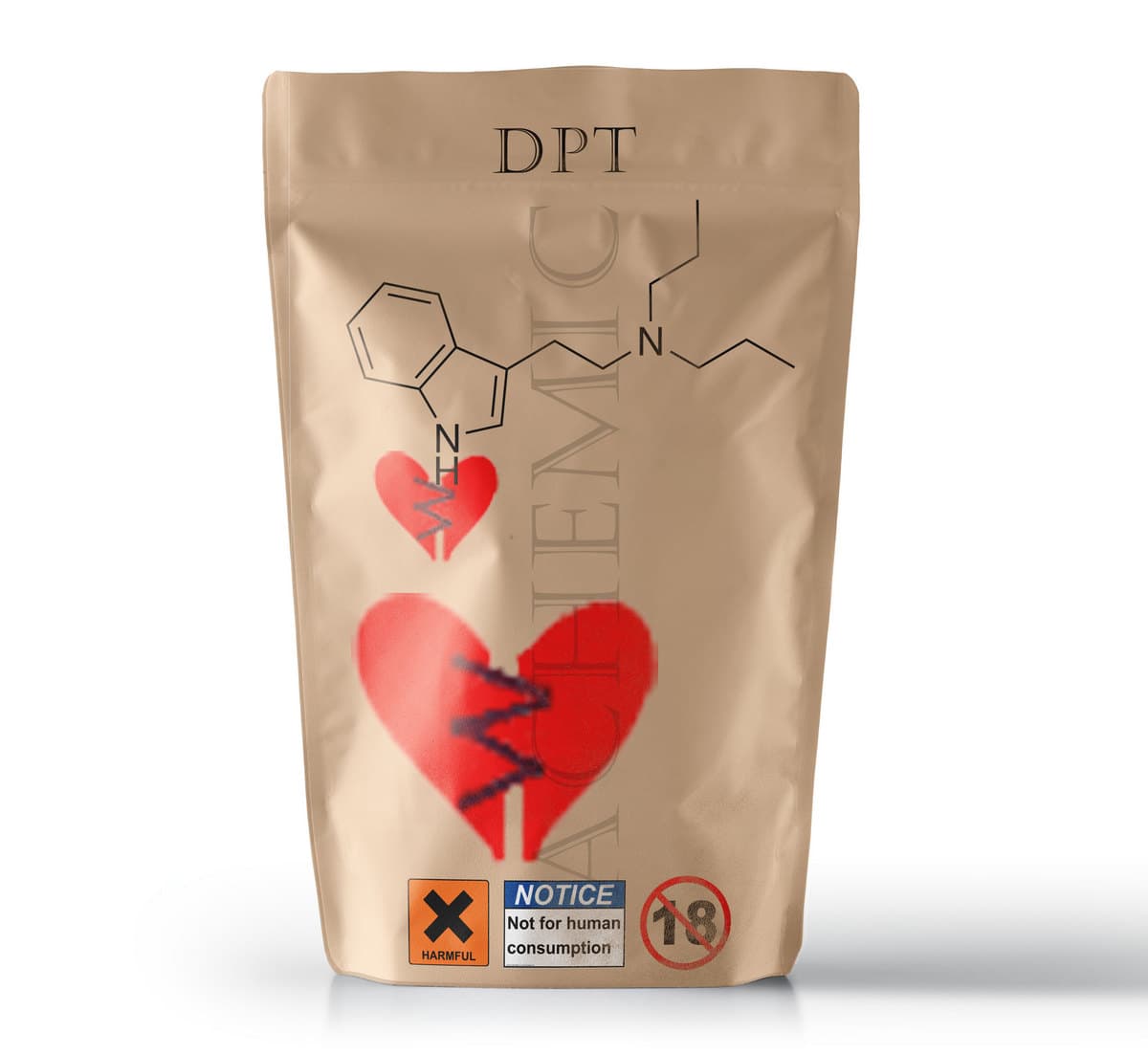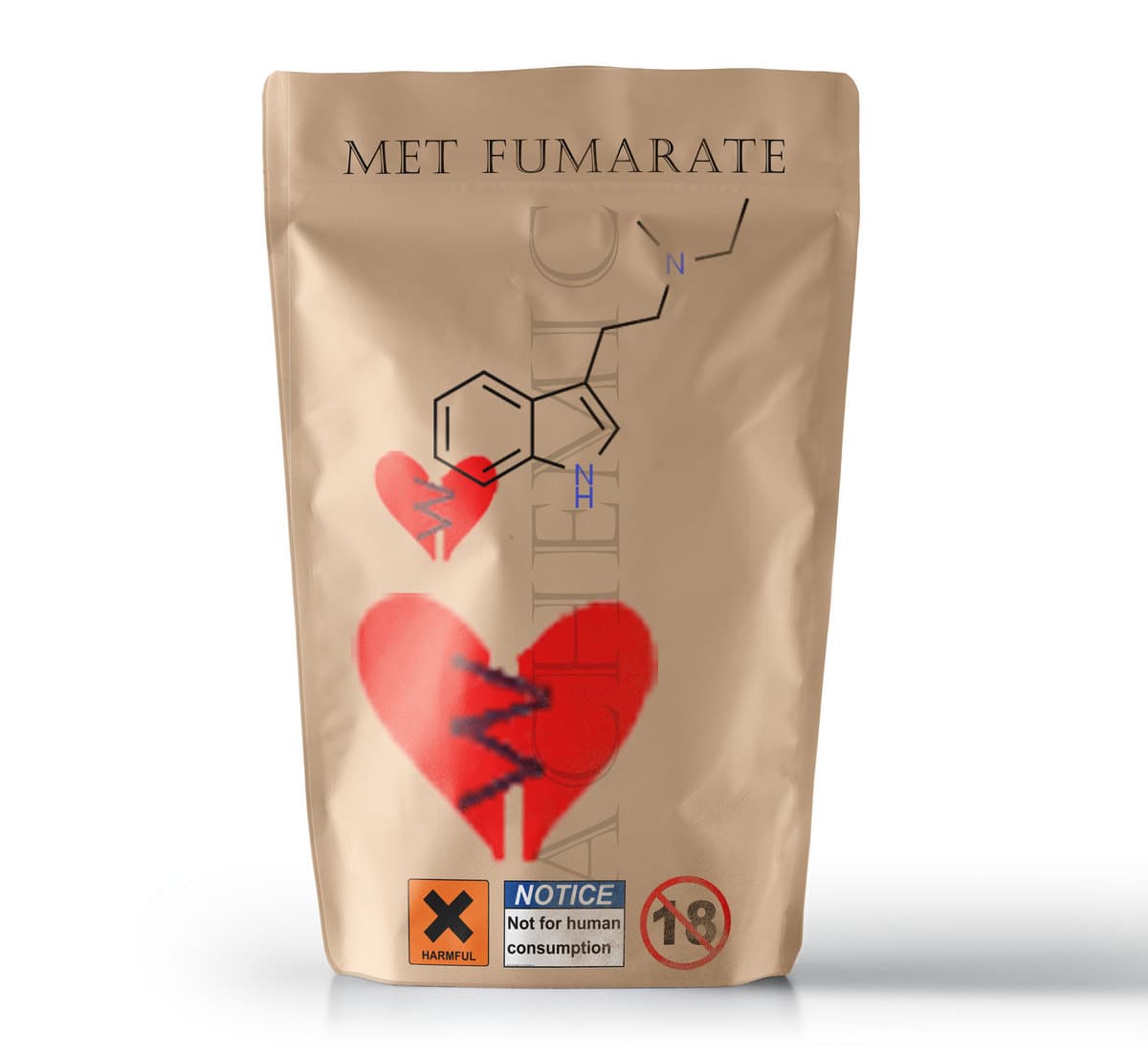Tryptamines
Tryptamine binds to the trace amine-associated receptor 1 (TAAR1). It is an agonist of this receptor, and this is where the research findings from tryptamine are generated. There are several research chemicals that qualify as members of the tryptamine family. Examples of these substances include AMT, 4-AcO-DiPT, DPT, DiPT, 5-MeO-DiPT, 5-MeO-MiPT, and Psilocybin. There are several others, however.
Research chemical manufacturers commonly substitute hydrogen atoms along the structure of tryptamine to produce a wide variety of substitute tryptamine research chemicals. By making these alterations, manufacturers have the ability to create research tryptamines with varying levels of potency, affinity, efficacy, and half-life.


